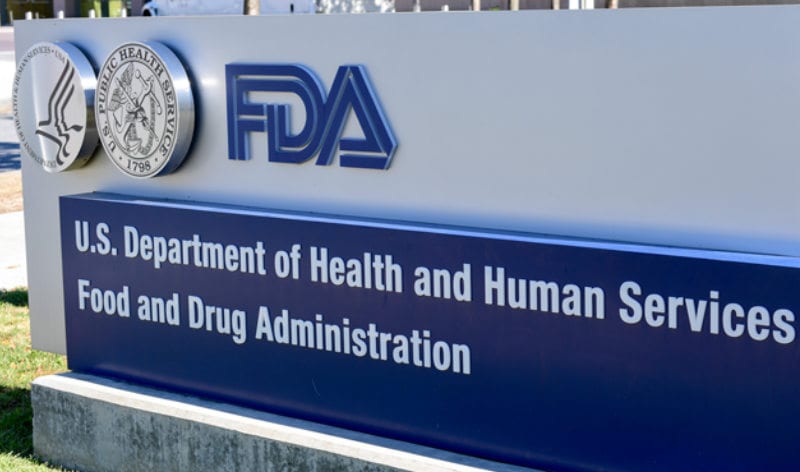MedTech SPACs are in the News and Robotics are Winning (The MedTech Download)

Key Takeaways
- While some on Wall Street have become wary of SPACs, those targeting MedTech continue to move full-speed ahead. Most recently, D8 Holdings merged with robotics company Vicarious Surgical.
- After receiving about $1.3 billion from the government to manufacture syringes for the COVID-19 vaccine rollout, ApiJect Systems Corp hasn’t even been approved yet.
- Recently-published FDA rules limit the extent to which the agency can regulate medical software.
Medtech’s SPAC Trend Goes Robotic
If you are in the stock market, or raising money for your company, you may be familiar with the SPAC craze that has taken over Wall Street. SPACs, or special purpose acquisition companies, are shell companies that go public without an actual business, just the intent to acquire or merge with one. And while some in the financial industry have expressed concern about a potential SPAC “bubble,” there are hundreds currently occupying a spot on the stock exchange. And, of those, several have declared an intent to focus on MedTech.
Of those SPACs that are targeting medical technology, three announced deals in March. Most notable was D8 Holdings Corp merger with Vicarious Surgical. The Vicarious system “employs virtual reality technology to provide ‘a user experience where the surgeon feels transported inside the patient.’” The robotics technology, intended for single-port abdominal procedures, expects to file for FDA approval in 2023. As of now, there are still several MedTech SPACs looking for targets – potentially a lucrative opportunity for up-and-coming medical technology.
The Trump Admin Awarded a Firm Up to $1.3 Billion to Make Covid Vaccine Syringes. Where are They?

The race to create a vaccine for COVID-19 was coined Operation Warpspeed by the Trump administration. And it was aptly named, as those behind getting the country inoculated have largely succeeded in doing so at an unprecedented pace. Critical was finding a vaccine that was both safe and effective, but early on experts warned that distribution and logistics would be as important as the vaccine itself.
One of those logistical challenges involved the method by which vaccines are delivered into arms. Initially, glass vial production was a concern, which is why the government sought a solution in ApiJect Systems Corp. The company was awarded federal loans and contracts worth up to $1.3 billion to supply a syringe for Covid-19 vaccinations. Yet, as of today, no products have been made. In fact, the syringe “hasn’t received even the first of a series of approvals it needs from the federal government before it can be manufactured, and a factory promising 650 jobs remains unbuilt.” Now many are wondering what comes next, as about 50% of adults in the US have already received at least one dose.
FDA Finalizes Rule to Scale Back How it Regulates MedTech Software

Over the past decade, the scope of medical technology has expanded dramatically. As the adoption of AI in healthcare, machine learning, and cloud-based applications continue, MedTech has become more complex in some cases. But in others, it has gotten simpler. Some consumer-targeted technologies, such as behavioral intervention, rely more on psychology than medicine.
Several years ago, the Obama administration signed the 21st Century Cures Act into law, which included elements that were intended to improve the regulatory process for MedTech. And that included the regulation of medical software. According to an article in MassDevice, “under the law’s provision, the FDA cannot regulate software that uses ‘big data’ to provide clinical decision support to healthcare professionals.” For a full list of the 8 classifications amended by the FDA, and that were officially published on April 19, 2021, click here.
Implantable Pump Delivers Chemotherapy to Brain Tumors

While there are many novel therapies in development related to the treatment of cancer, standard procedure generally includes chemotherapy. In some cancers, this treatment can be effective, but for some, such as brain cancer, tumors often come back.
According to the National Brain Tumor Society, “an estimated 700,000 people in the United States are living with a primary brain tumor, and approximately 85,000 more will be diagnosed in 2021.” Of those, about 30% are malignant. Treating these tumors is a challenge. As MedGadget explains, “It is difficult to remove all traces of the tumor without causing significant damage to healthy brain tissue,” and “delivering systemic chemotherapy is limited by its side-effects and by the presence of the blood brain barrier, which will not allow all chemotherapy drugs to pass through it.”
To combat this problem, researchers in Sweden have developed an electrical pump that can deliver chemotherapy drugs directly into the brain. The hope is that, through extended, targeted drug delivery, doctors can prevent tumor recurrence.
Stay up-to-date on everything that matters to MedTech entrepreneurs and executives. Subscribe below to receive industry insights, MedTech resources, and more delivered directly to your inbox.
The medtech news you want – and use – delivered. Subscribe below.




